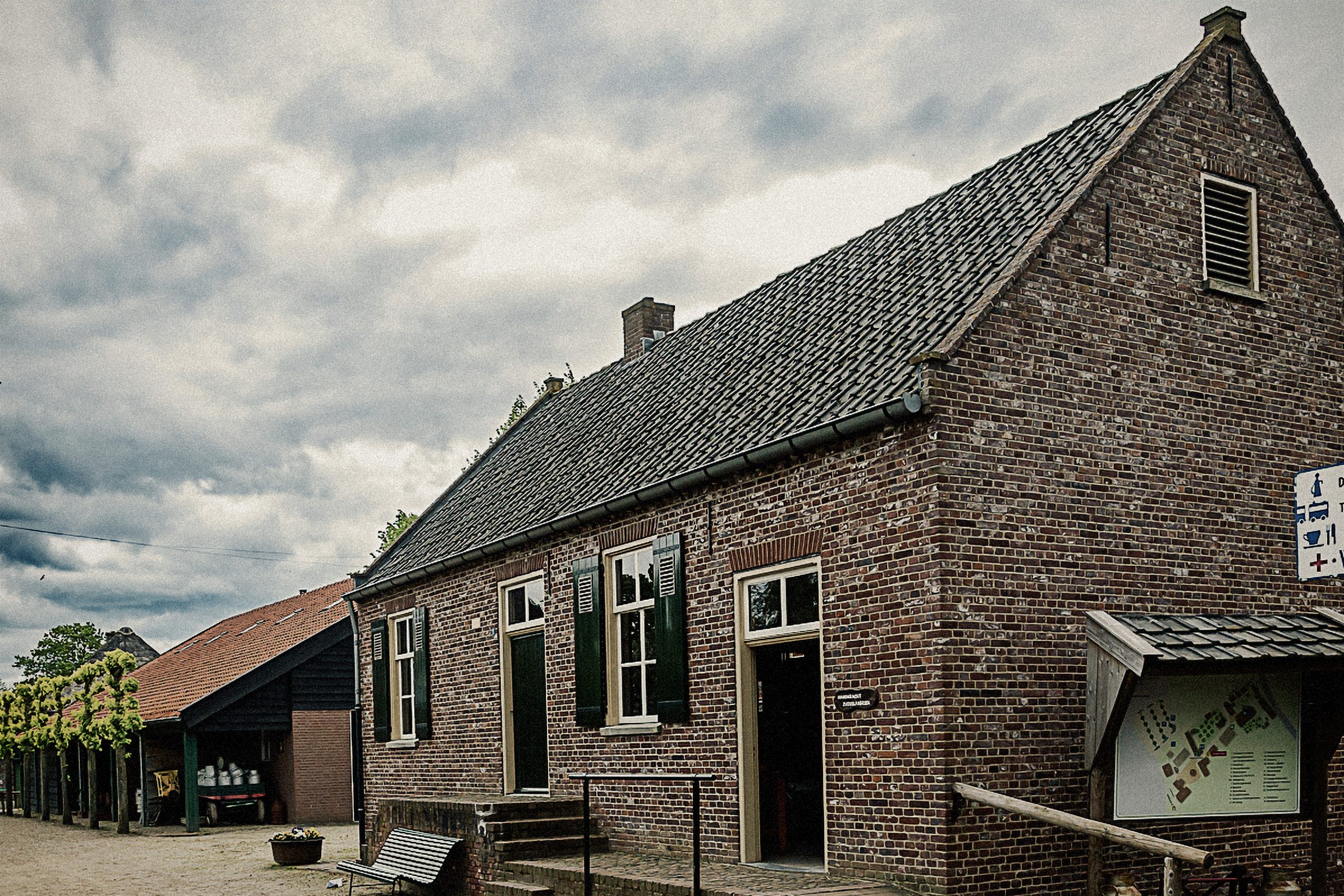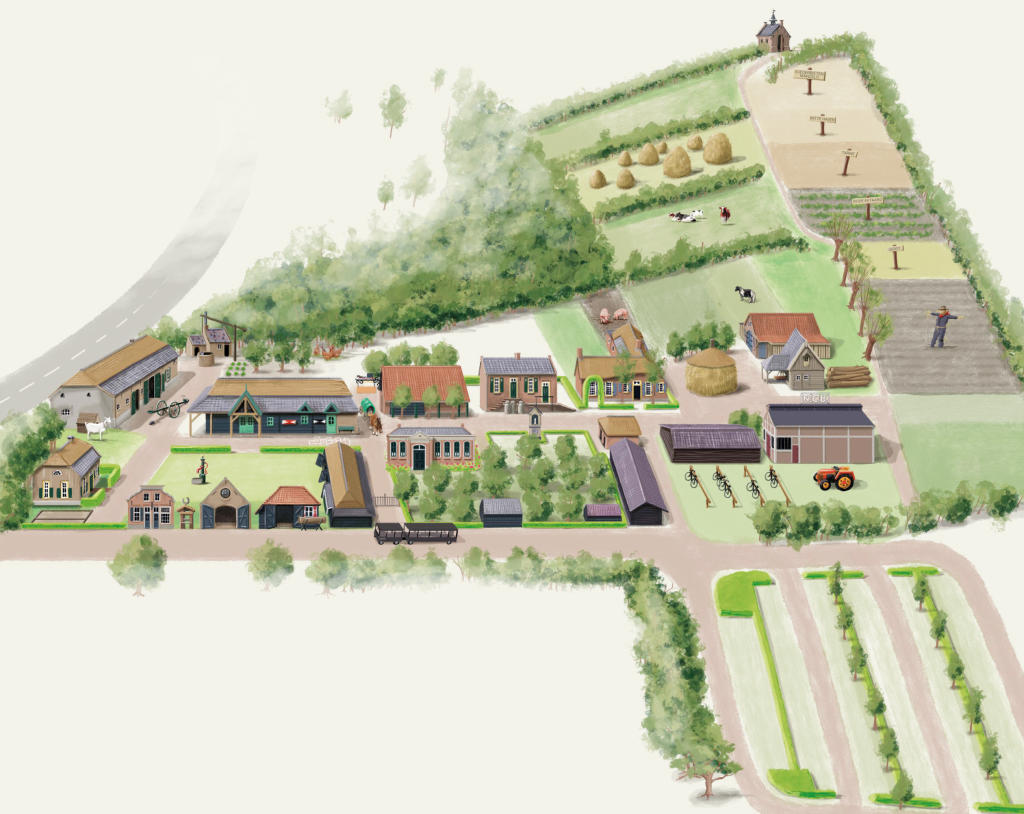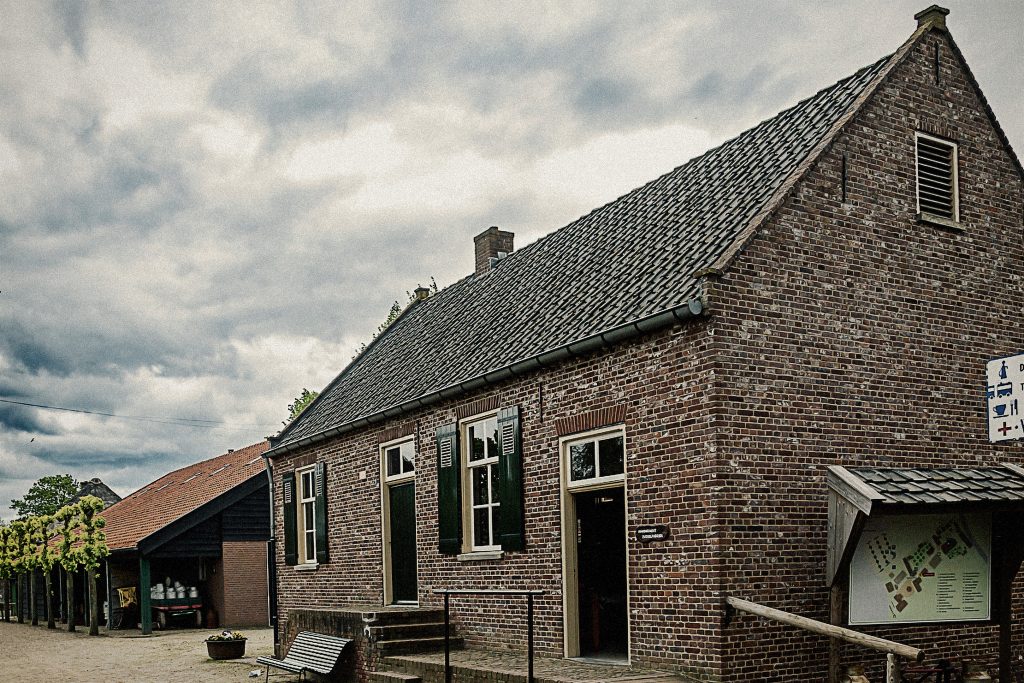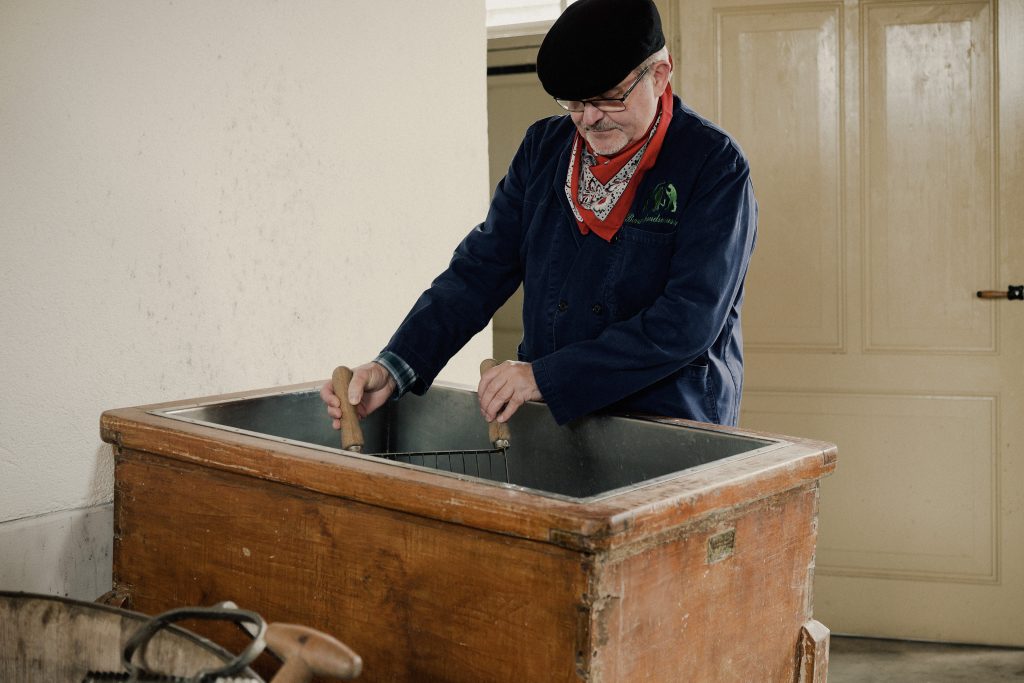
Manual Butter Factory
In the past, butter was mainly made in an artisanal way, a process that differed significantly from modern industrial methods. The introduction of the manual butter factories around the beginning of the 20th century was an important link in the transition from home production to more standardized production processes.
A small manual dairy, usually equipped with a simple set-up with basic equipment such as a churn, a press for cheese, and barrels for collecting and storing milk. These factories were often powered by hand power or with the help of animals, and milk processing was largely done without electricity.
Farmers’ cooperatives played an important role in the establishment of dairies. By pooling resources and milk supplies, smallholder farmers were able to invest in communal facilities that allowed for more efficient processing and created a more stable market for their products. This cooperative model also helped improve quality standards and provide education on better agricultural practices and animal health.
In the Boerenbondsmuseum, butter and cheese are still regularly made by hand in the traditional way. This not only serves as an educational tool but also helps to keep the traditional methods of dairy preparation alive. Visitors can see how butter and cheese were made in the past, and how important these processes were to the rural communities.


Discover more of the museum
The manual butter factory in the Boerenbondsmuseum
This butter factory is the first cooperative factory of the N.C.B. (North Brabant Christian Farmers’ Union). Built in Boekel in 1899. It was in operation as a butter factory until 1912.
In 2006, the factory came into the possession of the Boerenbondsmuseum through a donation. Volunteers loosened the building brick by brick and held the bricks of each wall together so as not to get a color difference and rebuilt on site. Everything is still original from 1899, except for the roof roof construction. The windows and doors have been restored and preserved. In the office is the original cellar book from 1899, in which the production of butter was precisely recorded.
In the hand-made butter factory of the Boerenbondsmuseum, butter and cheese are still regularly made in the traditional way.



